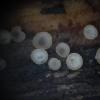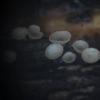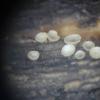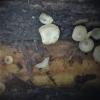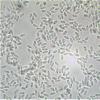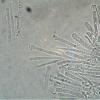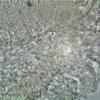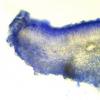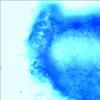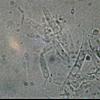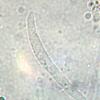
02-09-2021 22:31
 Marek Capoun
Marek Capoun
Hello everybody, I need help with the determinatio

29-01-2020 11:48
Hola.Una pruína color salmón anaranjado fotograf

30-08-2021 19:09
 Jean-Louis JALLA
Jean-Louis JALLA
Une amie de Perpîgnan dispose de l'utilisation d'

01-09-2021 15:26
De ayer en turbera, en madera posiblermente de fag

01-09-2021 12:18
Eduard OsieckIn April 2015 I reported on this forum an Ophiosto

19-04-2015 13:27
Eduard OsieckThis long-necked pyrenomycete (only top of neck sh
Orbilia?
jean claude chasle,
03-09-2021 21:33
Bonjour,
Récoltées le 27/8 sur morceau de bois décortiqué, au sol en milieu humide (lit de rivière) avec présence d'alnus, fraxinus, quercus, fagus, salix ...
Apothécies blanches, courtement stipitées, ? 0.8 mm de diamètre
Ascospores : 3-4.1 ; 1.1- 1.8 µm
Asques : octosporés, 29-41 µm
Conidies ? à la base des apothécies : 28-29 /3 µm ; 35.5 / 5.11 µm
Merci pour votre aide
Hans-Otto Baral,
03-09-2021 22:03

Re : Orbilia?
Yes, this is Orbilia orientalis. Typically the apos are distinctly stipitate. The conidia can hardly belong to it.
jean claude chasle,
03-09-2021 22:25
Re : Orbilia?
Super! Merci beaucoup. je vois dans votre monographie qu'il est déjà signalé plusieurs fois dans notre région Vendée; Deux-Sèvres. La c'était un peu plus au nord en Maine et Loire

